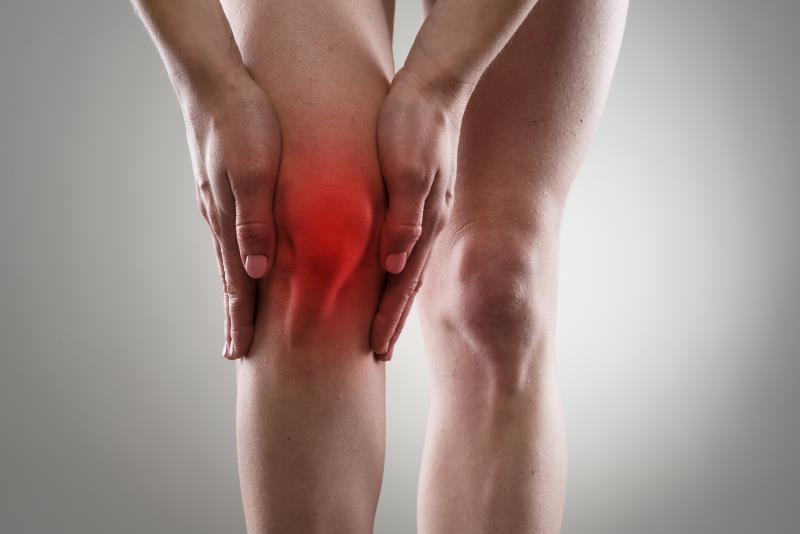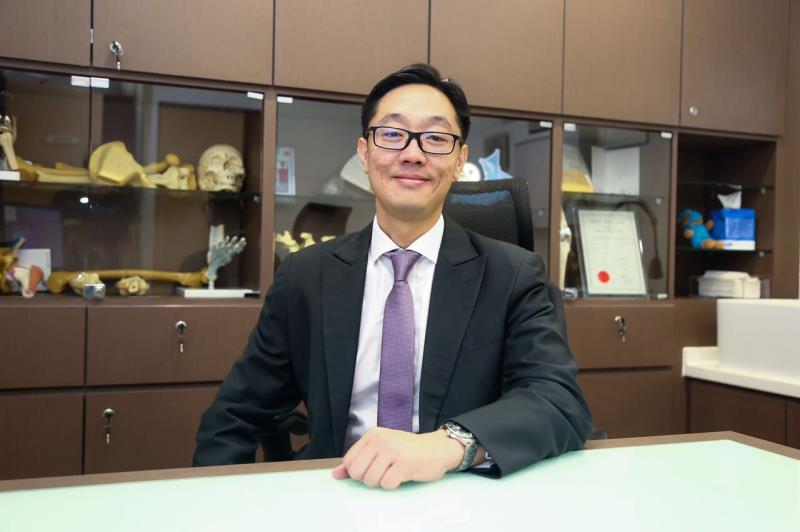
Osteoarthritis (OA) is the most common condition affecting the joints. Dr Lee Eu Jin, an Orthopaedic Surgeon from Liberty Orthopaedic Clinic at Mount Elizabeth Medical Centre, Singapore, shares his insights with Pearl Toh on how to manage OA in the primary care setting.
Osteoarthritis (OA) is the most common joint disease. According to estimates from the WHO, 40 percent of patients aged >70 years suffer from OA of the knee. It is also ranked 3rd as “the most rapidly rising condition associated with disability”, after diabetes and dementia. As such, GPs can expect to see this problem regularly in the clinics.
OA is a degenerative condition. Therefore, early identification would allow patients to receive the appropriate care and slow down OA progression.
Diagnosing OA
OA can be divided into two types: primary and secondary OA, depending on the underlying causes for the cartilage breakdown. Primary OA is degenerative in nature (due to wear and tear) while secondary OA can be due to specific cause such as additional insults from previous injury/trauma, inflammatory joint disease, or crystalline arthropathies. Common risk factors in the current context include obesity, sports injuries, and trauma.
The key features in patients presenting with OA were pain, stiffness, deformity, and reduction in function.
The diagnosis of OA is pretty straight forward. There are no special tests for OA other than a simple X-ray of the affected joints.
Additional tests may be needed to exclude secondary causes such as rheumatoid arthritis, gout, or infection, among others. An MRI scan may be performed in special situations such as prior to doing a partial knee replacement or when there is suspicion of a secondary cause of the problem.
As diagnosis is straightforward, most GPs would not have difficulty recognizing OA when presented. A potential challenge in OA diagnosis, however, would be missed secondary causes or referred pain. For example, a patient complaining of knee pain might be treated as such when the problem actually lies in the hip.
Therefore, it is important to have an index of suspicion for secondary causes or referred pain during diagnosis. The most common tell- tale sign would be an X-ray which does not match the patient’s complaints or physical examination findings.
Treating OA
As OA is a degenerative disease of the joint, the impact of pain, deformities and loss of function varies among individual patients. Hence, it is important to assess the problem on this front as the aim and focus of treatment are dependent on these considerations.
Typically, the aims of treatment for OA include control or relief of pain, correction of deformity, and restoration of form and function. Of note, the use of multimodal treatments is important, which include weight loss and exercise, medications, and surgery.
There are a wide range of treatment options for OA. Other than surgery, GPs can offer most options that a specialist can offer, including intra-articular injection.
I would suggest a multimodal approach for the management of OA. For instance, medications for effective control of the pain and inflammation of the joint, exercise and weight loss to strengthen and reduce the mechanical impact on the affected joint, and the use of a walking aid or brace to offload the affected joint and limb. Each strategy is like pieces of a jigsaw puzzle — they all come together to make a good management plan.
Alternatively, engaging in light or low impact exercise is useful to help patients with OA. Exercise will encourage the joint to be supple and strengthen the muscles around the knee and leg. This will lead to improvements in pain control as well as function of the affected joint. Physiotherapy can also be helpful, especially for patients who are sedentary.
When conservative treatment approach fails and the disease continues to progress and worsen despite treatment, these scenarios call for a referral to the specialist. In particular, a patient should be referred if the GP feels that a surgery may be required.
In addition, patients with secondary causes of OA can also be referred. It would be important to treat the underlying disease process leading to secondary OA.
Challenges
One main challenge in managing OA revolves around getting the patients to understand, accept, and comply to their treatments.
Towards this aim, educating the patients — by explaining the condition to the patient and the rationale of treatment — plays an extremely important role. This will help convince the patients on the proposed treatment plan and subsequently improve adherence to the treatment.
Furthermore, helping the patients to understand their condition will empower them in managing the condition and facilitate discussion of treatment plan with the doctor. Often, younger patients are more receptive to such approach than the older population.
Conclusion
OA is a degenerative disease of the joint. However, the impact of the disease is different among individual patients. A multimodal approach in the treatment plan will help to improve the condition from targeting multiple aspects. Also, patient education is important to improve treatment compliance and empower the patients in managing their condition.
Modalities such as exercise and physiotherapy, the use of walking aids and activity modifications are important and should be explained to patients. This has been the drive in recent years to encourage weight loss, exercise, and judicious use of nonpharmacological methods to manage OA.
 Dr Lee Eu Jin, Liberty Orthopaedic Clinic, Mount Elizabeth Medical Centre, Singapore.
Dr Lee Eu Jin, Liberty Orthopaedic Clinic, Mount Elizabeth Medical Centre, Singapore.